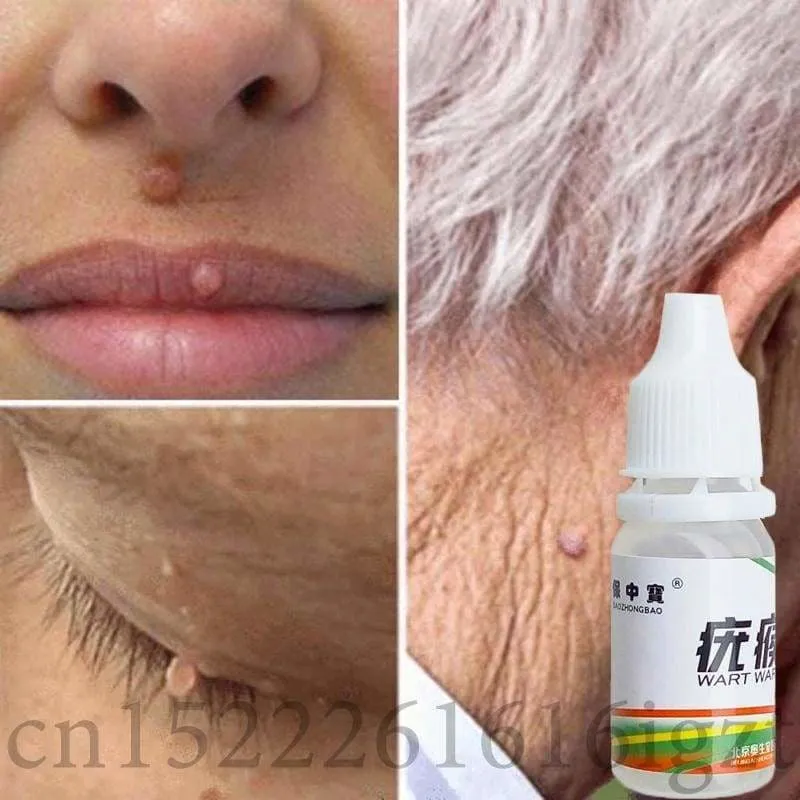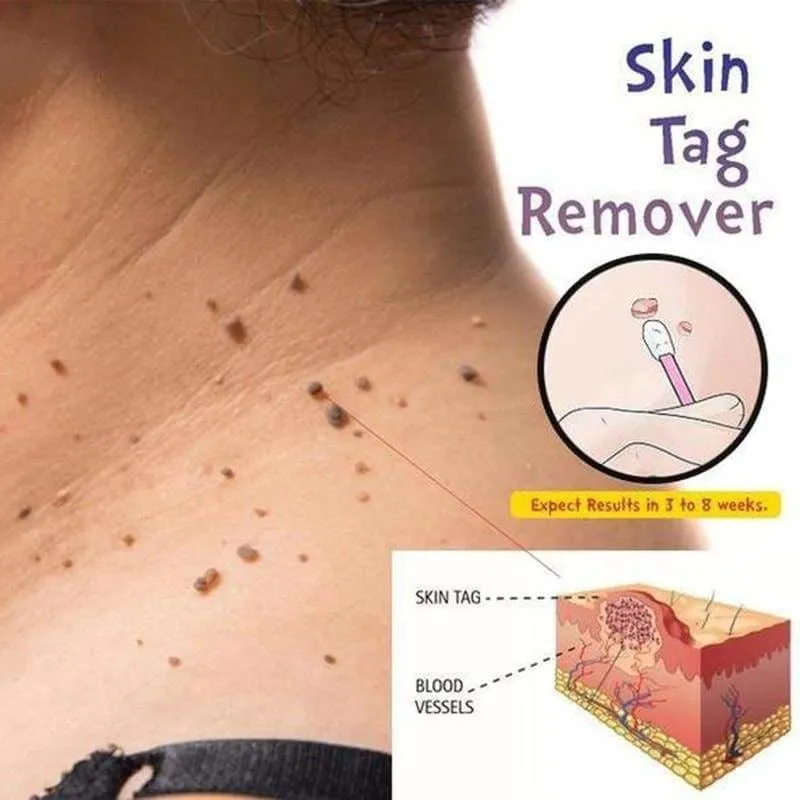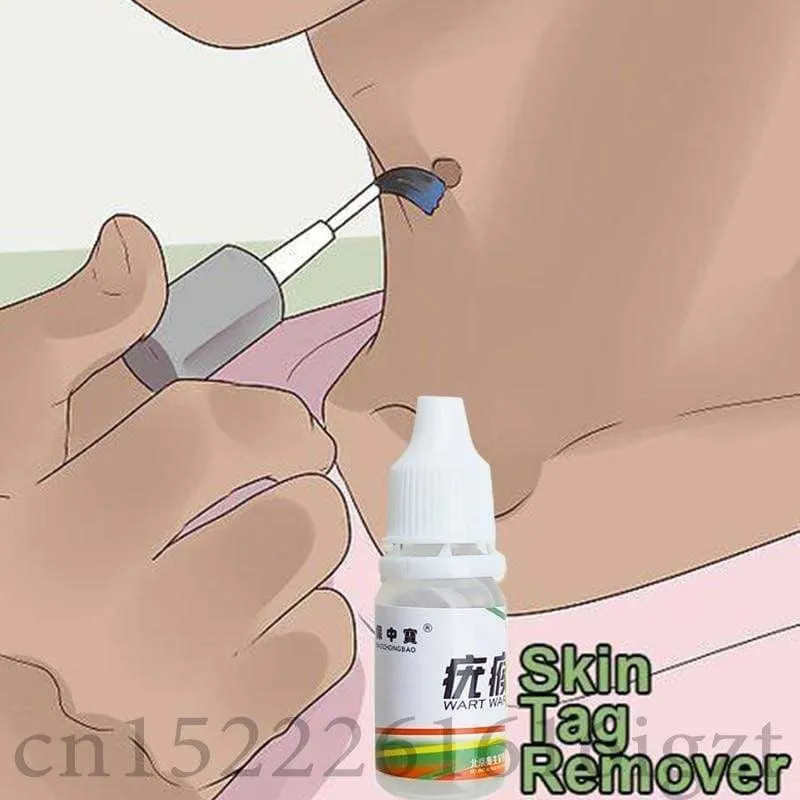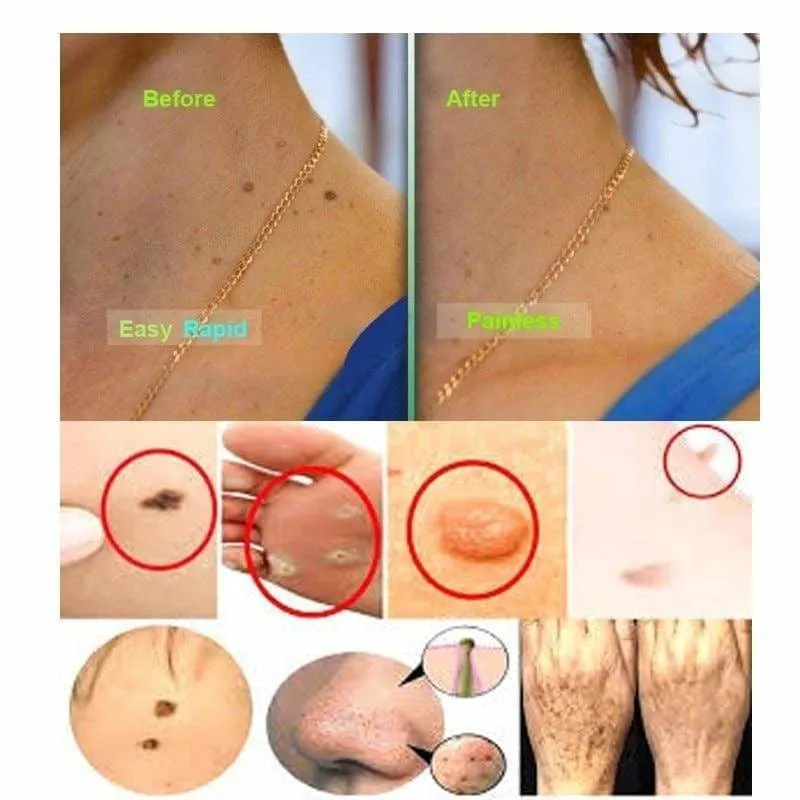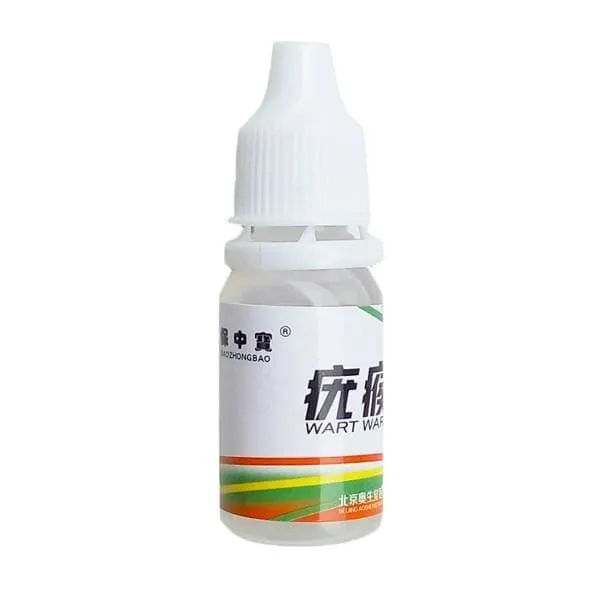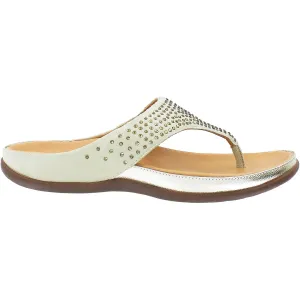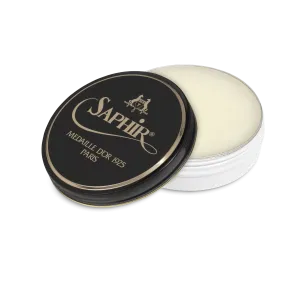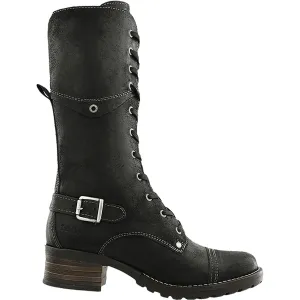🔥🔥 93% OF CUSTOMERS BUY 3 OR MORE 🔥🔥
Skin Tag Mole Wart Remover !!!
Skin Tag Mole Wart Remover Eye Skin Tag Remover 12 Hours Remover 10ml
Skin tags, medically known as acrochordons, are soft, skin-colored flaps of skin that extend out from various parts on your body.
They generally do not cause pain unless rubbed frequently or twisted and are not a medical threat.
How to use :
Squeeze the liquid on a cotton swab.
Place the swab on your skin tag.
Repeat this process up to four times a day.
The liquid may dry the tag until it falls off.
Homeopathic Topical Remedy:
100% Natural with Thuja Occidentalis
Great skin tag remover for all skin types and sensitive areas!
Apply three times a day with a cotton swab and expect results in 3 to 8 weeks. Skin tags will dry and fall off.
This skin tag remover is the perfect solution that's safe and natural!
No need for an entire skin tag kit, simply the Skin Tag Remover!
Package includes
1xSkin Tag Remover(10ml)
Just click the "Add To Cart" Button Below! There's very limited stock, and they will go soon!
Note: Due to High Demand Promotional Items May Take Up To 2-4 weeks for delivery.
WE SUPPORT AN AMAZING CAUSE
We're thrilled to support Nanhi Pari Foundation is a Girl Child Right Organization which works for Education, Health & Nutrition for Girl Child.
Best Buy Deal'S 7-POINT HAPPINESS CHECKLIST
1. FREE Shipping Worldwide on special offers.
2. Fast, Sure & Safe delivery.
3. Safe & Secure Payments.
4. 30 Day Money Back Guarantee.
5. Real humans on our support help-desk!
6.Tracking number for every order.
7. We use encrypted SSL certificates for 100% security.
Skin tag facts
A skin tag is a small, soft, flesh-colored benign skin growth, often on a stalk.
Skin tags are probably the single most common bump on adult skin.
Skin tags are harmless but can be an annoying skin problem.
Skin tags tend to occur on the eyelids, neck, armpits, groin folds, and under breasts.
A person may have one to hundreds of skin tags.
Almost everyone will develop a skin tag at some time in their lives.
Middle-aged, obese adults are most prone to skin tags.
Getting rid of a skin tag does not cause more to grow.
Destructive treatment options include freezing, strangulation with a ligature, snipping, and burning.
What is a skin tag?
Skin tags are common, acquired benign skin-colored growths that resemble a small, soft balloon suspended on a slender stalk. Skin tags are harmless growths that can vary in number from one to hundreds. Males and females are equally prone to developing skin tags. Obesity seems to be associated with skin tag development. Although some skin tags may fall off spontaneously, most persist once formed. The medical name for skin tag is acrochordon. Some people call them "skin tabs."
Early on, skin tags may be as small as a flattened pinhead-sized bump. While most tags typically are small (2 mm-5 mm in diameter) at approximately one-third to one-half the size of a pencil eraser, some skin tags may become as large as a big grape (1 cm in diameter) or a fig (5 cm in diameter).
Is there another medical name for a skin tag?
Medical terms your physician or dermatologist may use to describe a skin tag include fibroepithelial polyp, acrochordon, cutaneous papilloma, and soft fibroma. All of these terms describe skin tags and are benign (noncancerous), painless skin growths. Some people refer to these as "skin tabs" or warts.
What causes skin tags?
The precise cause of skin tags is unknown.
Where do skin tags occur?
Skin tags can occur almost anywhere on the body covered by skin. However, the two most common areas for skin tags are the neck and armpits. Other common body areas for the development of skin tags include the eyelids, upper chest (particularly under the female breasts), buttock folds, and groin folds. Tags are typically thought to occur where skin rubs against itself or clothing. Babies who are plump may also develop skin tags in areas where skin rubs against skin, like the sides of the neck. Younger children may develop tags at the upper eyelid areas, often in areas where they may rub their eyes. Older children and preteens may develop tags in the underarm area from friction and repetitive skin rubbing from sports.
Skin tags typically occur in the following characteristic locations:
Base of the neck
Underarms
Eyelids
Groin folds
Buttock folds
Under the breasts
Who tends to get skin tags?
More than half if not all of the general population has been reported to have skin tags at some time in their lives. Although tags are generally acquired (not present at birth) and may occur in anyone, more often they arise in adulthood. They are much more common in middle age, and they tend to increase in prevalence up to age 60. Children and toddlers may also develop skin tags, particularly in the underarm and neck areas. Skin tags are more common in overweight people.
Hormone elevations, such as those seen during pregnancy, may cause an increase in the formation of skin tags, as skin tags are more frequent in pregnant women. Tags are essentially harmless and do not have to be treated unless they are bothersome. Skin tags that are bothersome may be easily removed during or after pregnancy, typically by a dermatologist.
Although skin tags are generally not associated with any other diseases, there seems to be a group of obese individuals who, along with many skin tags, develop a condition called acanthosis nigricans on the skin of their neck and armpits and are predisposed to have high blood fats and sugar.
Certain structures resemble skin tags but are not. Accessory tragus and an accessory digit occasionally can be confused with skin tags. Pathological examination with a biopsy of the tissue will help distinguish skin tags if there is any question as to the diagnosis.

 Cart(
Cart(